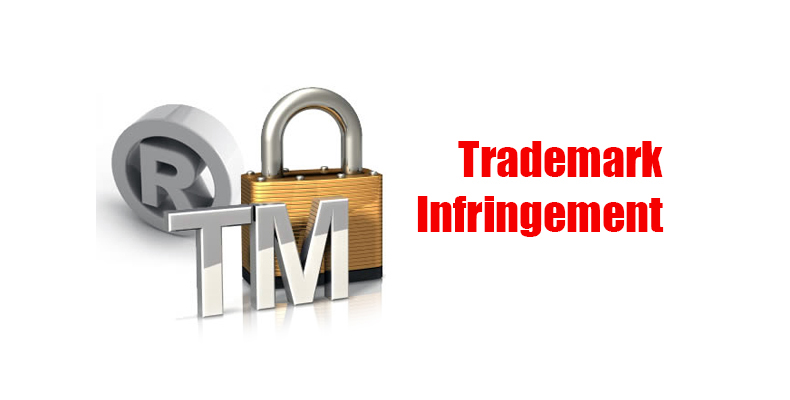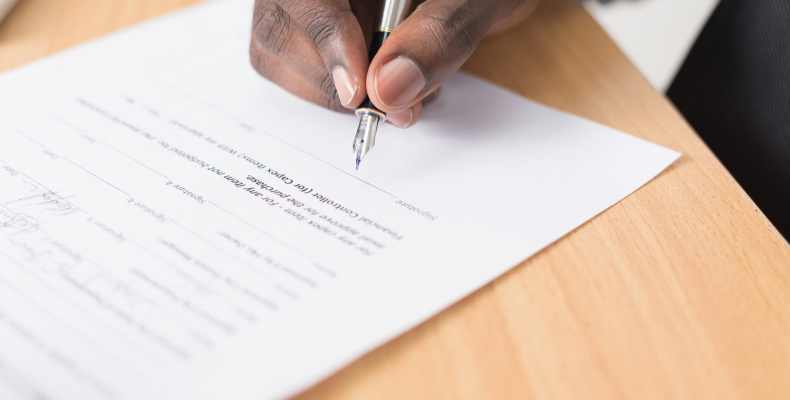Infringement of trademark
A man's ability to keep ownership of the thing his brain has produced is known as an intellectual property right. A person is granted a variety of intellectual property rights. One example of this kind of intellectual property right is a trademark. It is significant because the company logo serves as the foundation for the establishment of a rapport of trust between the business and the client. A business owner who has invested time, money, and some imagination in trying to popularise his mark may wish to protect it from being exploited by an unidentified third party to promote their own goods. The act of preventing a third party from using one's trademark is essential to maintaining a company's reputation.
What is trademark
Section 2 of the Trademark Act, 1999 provides a definition of a trademark. It is described as a mark that can be expressed graphically and can distinguish the products or services of one person from those of others; examples include the design of the product, its packaging, and its colour scheme.
What is trademark infringement:
A person has the right to take legal action to recoup damages from someone who has violated their registered trademark, as stated in Section 27 of the Trademarks Act, 1999. When a third party uses a trademark that is confusingly similar to the trademark of the legitimate owner of the goods and services covered by the registration, infringement has taken place. The registered owner has the right to sue anyone who uses his trademark without permission.
Let's now comprehend the section referring to the registered proprietor's ability to file a lawsuit against someone who uses his trademark without permission. According to Section 28 of the Trademark Act of 1999, the registered owner of a trademark has the sole right to use the mark in connection with the products and services for which it was registered and to take legal action against anybody who uses the mark illegally.
In general, a claim of trademark infringement is made when a mark is misleadingly similar, causes confusion among consumers as to the true owner, identical markings, or dilution of marks. When two marks are misleadingly similar to one another, it creates a confusing scenario in the customer's mind. The plaintiff must demonstrate in the lawsuit he filed against the defendant that customers are likely to be misled about the source of goods wearing these marks as a result of the similar markings. Dilution is the idea that a well-known trademark cannot be used in a way that compromises its distinctiveness due to deceptive marks.
Acts that constitute infringement:
The Trademarks Act of 1999's Section 29 addresses trademark infringement. It is described as acting in a way that violates the exclusive rights given to the legitimate owner of the trademark. When someone uses a trademark that is confusing to your customers because it is similar to your trademark, that person is considered to be infringing on your trademark. The trademark is being used by a third party who is not the registered owner and who has neither been allocated nor granted a licence to use it in connection with the products and services for which it is registered.
The ingredients of Section 29(1) are:
1. The registration of the legitimate owner of the trademark.
2. The other party's mark is so strikingly similar to the plaintiff's trademark that it causes confusion among consumers regarding the brand's originality.
3. The defendant altered the well-known trademark, in whole or in part, to give it a new appearance.
4. The defendant is using the registered trademark in the course of business in relation to the products and services covered by the primary trademark.
5. Verbal depiction of the trademark is not considered to be infringement; instead, the use of the infringing trademark must be in printed form.
6. It is clear from the infringer's use of the trademark that he is doing so as a trademark.
7. The defendant is misusing the brand and was not given permission or authorization by the registered holder to use it.
Only three years after the date the infringement occurred may a lawsuit be filed for trademark infringement. A new course of action will be taken each time a trademark is violated if the infringement is allowed to continue.
1. The Trademark Act of 1999 provides the following remedies to the owner of a trademark that has been violated:
• Prohibition against future use of the same brand.
• Compensation for the money the infringement made off of the owner's goodwill.
• Reimbursement for the financial outlay made by the owner to file a lawsuit against the infringer.
2. Under Section 134 of the Trade Mark Act, a lawsuit for infringement may be filed. A lawsuit of this type may be filed before a District or High Court, depending on which court's jurisdiction the infringement suit was filed in and where the plaintiff resides or conducts a profitable or loss-making business. The registered proprietor and registered user are referred to as the "person" in this context.
3. A person may also request remedies under the Trademark Act's Section 135(1), in which case the Court may do so in accordance with Section 134.
4. A person may also file a claim for relief under Section 135(2) of the Trade Mark Act, which allows the court to issue an ex parte injunction order in accordance with Sections 36 to 42 of the Specific Relief Act of 1963 or Order XXXIX Rules 1 and 2 of Section 151 of the Code of Civil Procedure of 1908.
Conclusion
Infringing on trademarks is done with the intention of becoming popular through well-known brands so that their need for promotion is diminished. The registered proprietor must be informed of their rights to defend their trademark in order to prevent infringement. With the proliferation of businesses, it is essential that business owners safeguard their trademarks to preserve their goodwill. The Trademark Act provides the trademark owner with a number of remedies in the event of trademark infringement. Hence, the owners must make sure that their trademark is registered in order to safeguard the goodwill and take advantage of the available remedies.
Before registering their trademark, users must also be informed of other trademarks, as required by law. The applicant must confirm that no trademark, whether registered in India or elsewhere, is misleadingly similar to the trademark he wishes to have registered. As the Trademark Act does not favour either of them, the infringer can also obtain some defenses.



